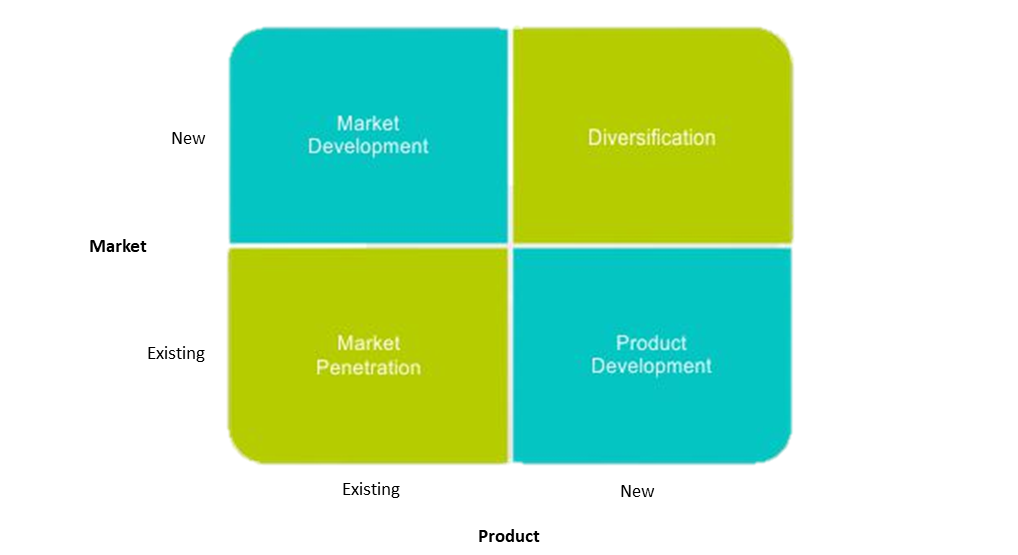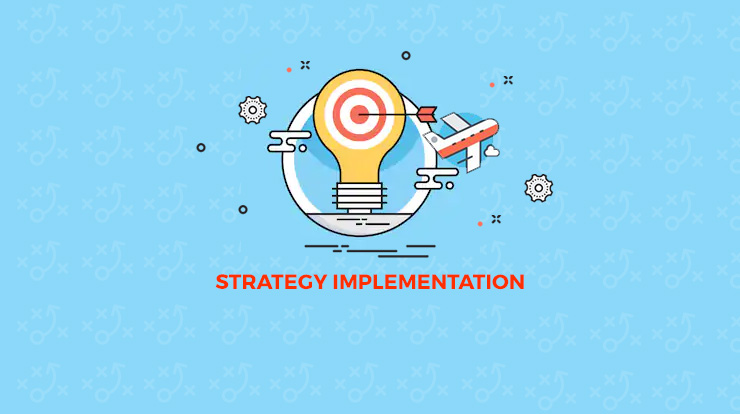
I was thrilled when one of my friends at my B-school shared my article about the Amazon Ace Case Study on his LinkedIn along with a really appreciative post. It is rewarding to know that the article helped him and his friends do better in the case analysis.
It was in a conversation with him, he told me how there is nowhere one could find a repository of all the important frameworks that a marketing strategist should know. Worse than that, even if we had something like that no one really knows which framework is to be applied where and what to do after that.
And it’s awful how we can not utilize such handy frameworks in our case study analyses or case competitions.
So here it is. I have started this series on the most important frameworks that a marketing strategist should know.
There are many marketing models which you will have to acquaint yourself with over the course of your MBA. The sooner you understand them, the easier it will become for you to really understand how the marketing function works, and the role that these key frameworks play.
For this article, I am going to start you off with one of the most common frameworks in marketing – the Ansoff Matrix.
What is the Ansoff Matrix?
First things first, you may be asking yourself what the Ansoff Matrix is. While your definition of the Ansoff Matrix will depend on your source, the basics remain the same. For now, let us stick with my favorite definition of this framework:
“The Ansoff Growth Matrix is a framework used by an organization to aid in mapping strategic product market growth.”
Below is the diagram of the Ansoff Matrix.

The Ansoff Matrix is also referred to as the Ansoff product growth matrix, which is very fitting to its purpose. Specifically, this matrix is a marketing tool which will help you as a marketing strategist to determine both the product growth and market growth.
But how?
As observed in the matrix above, this matrix will allow you to focus on whether a given product is new or existing, and whether the market is new or existing. To better understand how this works, let’s explore the components of this matrix.
Also Read: Ansoff Matrix – Samsung’s Journey from a Grocery Store to Diversified Conglomerate
The Ansoff Matrix has four core – and interchanging – marketing strategies which encompass the 4 quadrants of this framework. These are:
- Market penetration
- Product development
- Market development
- Diversification
Market Penetration – Nike gets the better of Adidas
The market penetration strategy is used when a firm already has a product in existence and seeks a growth strategy for an existing market.
A simple example of this strategy is how Nike has been able to remain competitive against its main competitors such as Adidas. Specifically, Nike occasionally creates ads that feature famous athletes in both its print and television commercials. These ads are specifically created to take a piece of the market share from its main rivals. That is, a strategy to get more of the same market.
This strategy considers the questions below:
- How best can we defend our existing share of the market?
- What steps can we take to grow our market share?
Also Read: Core Competency Framework – Why Starbucks wants to be your ‘third place’
Market Development – Apple wins worldwide
When a firm wishes to pursue the market development strategy, which questions is the firm likely to ask itself? Here are those ones:
- What steps can we take to extend our market?
- Are there opportunities in new market sectors?
- Are there opportunities for market extension to new geographical areas?
As you may have already observed, this strategy is aimed at reaching new markets, but with the products that already exist in the portfolio. Again, a really simple example of Nike. Nike – a major footwear and apparel brand – has adopted this strategy many times when its launches its products in a new country. The product is the same, but Nike is now able to reach a brand-new market.
Interestingly, a firm often needs to treat its product as a new entrant in the market. Some products have very high brand equity and they therefore only need distribution points installed in the new market.
Think of all the new Apple stores introduced in new markets outside the United States which have allowed Apple Inc. to maximize its sales growth in new markets.
This strategy also works excellently for products which are already established to be of high quality.
For example, it’s fairly easy to introduce the Apple brand in new markets because this brand has high consumer confidence in its high quality.
It is important to note that this strategy is not ideal for products which are not well established in their current market. A firm should make efforts to enhance product acceptance in the existing market before considering market development.
Product Development – Samsung is making too many phones
The product development strategy is driven towards reaching an existing market with new products.
It responds to the question:
How do we expand our product range by creating new products or modifying the existing ones?
In the Ansoff Matrix, this strategy is suited for firms which already have a strong market share and therefore consider introducing a new product to expand its product range and sales.
Also Read: Ansoff Matrix – Samsung’s Journey from a Grocery Store to Diversified Conglomerate
This also takes place when a firm has a loyal and stable customer base, and when the existing product has hit the saturation point. At this point, market penetration is not effective but rather, a strategy aimed at enticing your current customers with a new product.
A perfect example of this strategy is in mobile phone manufacturers. Companies such as Apple, Samsung, LG, Microsoft, and HTC introduce new product flagships virtually every year.
Their main objective is to maintain their strength and dominance in the market by introducing new products or adjusting existing ones. If Samsung releases a new flagship with a more superior camera and advanced hardware, its main competitors will need to introduce new devices to maintain their strength in the market.
When you think about it, these firms already have hundreds of millions of devices all over but still introduce new devices each year.
Diversification – Tata selling Salt and Steel
This strategy is used when a product is entirely new and is also being launched into a new market. The strategy is therefore focused on gaining hold of a new market with a new product(s).
For example, large companies such as Amazon, Tata, and Apple began with one product but with time expanded their products into arguably unrelated segments.
Apple, for instance, expanded from personal computers to mobile phones and other hand-held devices, whereas Tata has expanded its reach into motors, steel, and even retail.
Diversification can be related or unrelated. In the former, the firm sticks to the market they are familiar with while in the latter, the firm moves to an industry or market they have little experience in.
Conclusion
Your choice in strategy will depend on your product and your current customer base. A firm will need to assess its position in either of the four quadrants, and the matrix will offer guidance on the right strategy to adopt.






